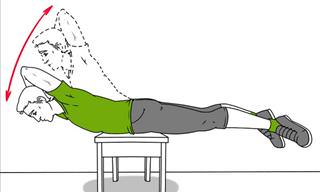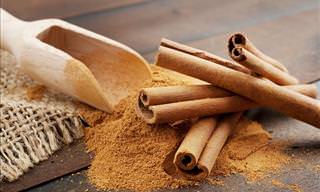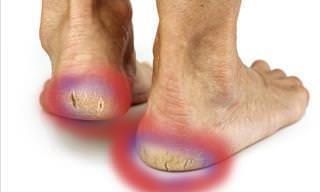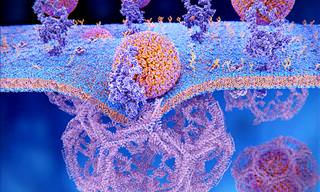This is what she did. Just a month later, her LDL had dropped 70 points, her blood pressure was down to 130/85, her blood sugar levels had decreased to 100, and she had decreased the stress in her life significantly. She had now slashed her risk of a heart attack in half.
How did she do this? She did it with a simple approach that has been outlined below. Developed at the Duke Center for Integrative Medicine, the program combines the sharply-honed tools of American cardiology with natural remedies that include everything from exercise to green tea to dietary supplements.
The best part about this is that it’s so simple that you and your doctor can easily tailor it to your needs, cutting your risk of a heart attack by up to 60% - something that no drugs or surgery can do.
Make the following changes each day, and in just 24 days, you can significantly slash your risk of heart disease.
Day 1: Drink Green Tea

Green tea contains powerful antioxidants that reduce cholesterol and lower blood pressure. To make a day’s supply, bring 20 oz. of water to the boil, add three decaffeinated green tea bags, cover, and steep for 10 minutes. Remove the tea bags and refrigerate the tea. When cool, pour the tea into a bottle, and sip throughout the day.
Day 2: Calculate Your Fat Budget
You shouldn’t let fat exceed 25% of your calories. If you already have heart disease, 15-20% should be your maximum. You should make it a point to get lots of monounsaturated and omega-3 fats, while avoiding saturated and trans fats.
Day 3: Take the Italian Cure
In the world of fat, olives rule supreme. Substitute olive oil for butter or margarine at the table, drizzle it on salads, and use it to replace vegetable oils when baking. Buy only cold-pressed, extra virgin oil; it retains more of the olive’s heart-healthy antioxidants.
Day 4: Rough up Your diet
Studies have shown that the more fiber you consume, the less likely you are to have a heart attack. Therefore, you should load up on whole grain breads and cereals that contain whole wheat, oats, and wheat bran. Toss beans into casseroles, salads, and soups. You should aim for at least 25-35g of fiber per day.
Day 5: Eat Fish Tonight
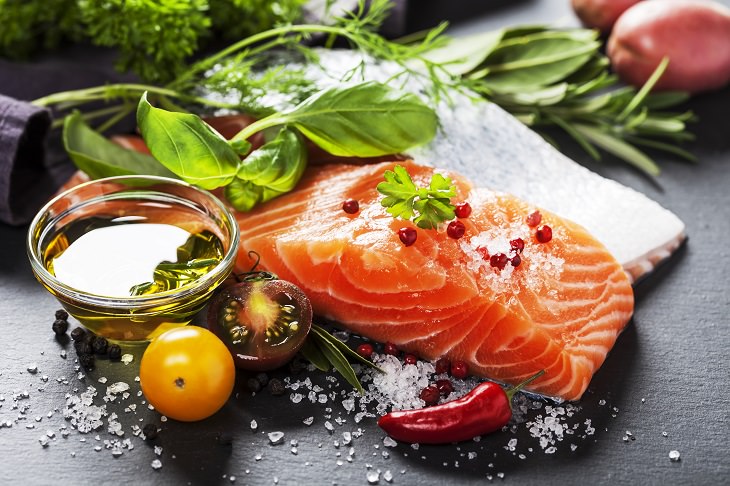
The saturated fat in meats will clog your arteries. On the other hand, fish such as salmon and anchovies are full of omega-3 fatty acids that can help your heart maintain a steady rhythm. Having just one serving of fish a week could reduce your risk of a heart attack by 52%.
Day 6: Don’t Forget the Juice
Orange juice contains folic acid that helps lower your levels of homocysteine, a compound that can cause heart attacks. Grape juice is full of flavonoids and resveratrol, both powerful antioxidants that may discourage red blood cells from sticking together and forming potentially dangerous clots. Have two glasses a day – one in the morning and one at lunch.
Day 7: Linger in the Produce Aisle
You should eat at least 9 servings of fruit and vegetables each day. You should place importance on cruciferous vegetables such as Brussels sprouts, kale, broccoli, and cabbage, which are all gold mines of antioxidants and other heart-saving phytochemicals.
Day 8: Go Nuts
Studies have found that those who eat more than 5 oz. of nuts a week are one-third less likely to suffer from heart disease or have a heart attack.
Day 9: Change Your Bread Spread
The trans fatty acids found in margarine and the saturated fats in butter will both clog up your arteries, so try one of the new spreads that contain cholesterol-lowering sterols such as Take Control or Benecol. They’re more expensive, but they can lower your cholesterol by 7-14%.
Day 10: Add Flaxseed
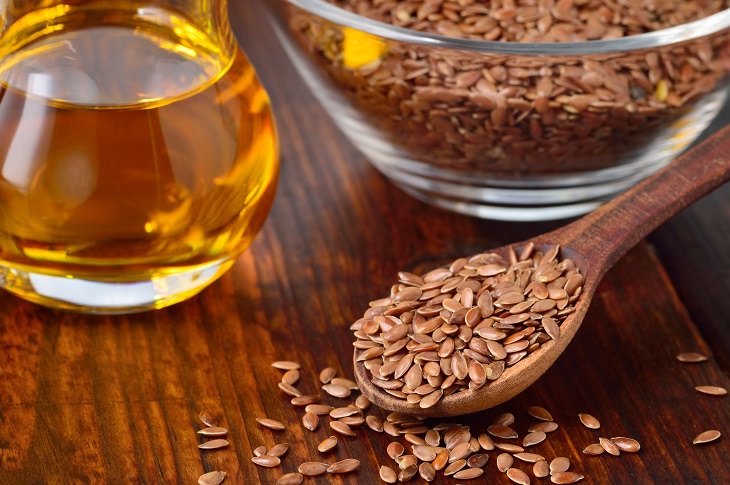
Flaxseed is one of the greatest sources of heart-healthy omega-3 fats. Studies have shown that adding flaxseed to your diet can reduce the chances of developing heart disease by 46%, while also helping prevent red blood cells from forming clots that could block arteries. Sprinkle just two tablespoons of flaxseed on your cereal or salad.
Day 11: Have a Drink
Research shows that 1-3 oz. of alcohol a day can significantly reduce your risk of a heart attack. Therefore, unless you have a problem with alcohol or high blood pressure, you can safely have one alcoholic drink a day.
Day 12: Buy Soy
Studies have shown that consuming protein helps to reduce cholesterol. Experiment with soy burgers, soy ice cream, soy milk, soy cheese, and even soy lunch meat.
Day 13: Move
Exercise, just a few hours a week, reduces the risk of a heart attack by up to 50% - more than the best cholesterol-lowering drug available. Pick an easy exercise such as walking, and begin to integrate two or three 15-minute workout intervals into your day. Once your body is used to this routine, work towards the optimal amount: 45 minutes, four or five times per week.
Day 14: Experiment
The best exercise is one that you’ll continue to do. Therefore, in addition to your regular workout, try something new just for a bit of fun. If you find something that you like, incorporate it into your daily routine.
Day 15: Be Yourself
One of the biggest causes of stress is trying to live in a way that does not match who you are. Ask yourself: Am I doing what I want to do? Am I meeting my needs? Every day, run a reality check on what you’ve done. If it turns out that your actions aren’t true to the kind of person you are, do your best to listen – and get real.
Day 16: Practice Mindfulness

Practicing some type of meditation in which you focus awareness on the present moment and relax can reduce the effects of stress. Counter your stress by closing your eyes and quietly focus on your breathing for 5-10 minutes.
Day 17: Build a Strong Spiritual Life
Studies seem to indicate that those who meet with a faith community or attend church tend to live longer, and are less likely to suffer a heart attack. Therefore, get more involved in your religion, or develop your own traditions. Either way, sit down every day for 20 minutes, close your eyes, and focus on a particular word that you associate with something greater than yourself.
Day 18: Get More People in Your Life
A strong connection with friends, family, community, and God helps to reduce anxiety and fight depression – two factors that increase your risk of a heart attack. Therefore, you should try to make a lunch date with a good friend, arrange a family dinner, or visit your favorite place of worship.
Day 19: Manage Your Anger
Losing your temper can double your risk of a heart attack in the next 2 hours. If you lose yours, douse it by asking yourself:
• Is what’s upsetting me really important?
• Is the situation modifiable?
• Is taking action worth it?
• Is what I’m thinking and feeling appropriate?
Day 20: Add Supplements
Take a high-potency vitamin supplement with antioxidants. Research has found that those who take multivitamins regularly may decrease their risk of heart disease by 34%. You should choose supplements that contain a minimum of 400 micrograms of folic acid, 500mg of vitamin C, and no more than 50g of vitamin B6.
Day 21: Give Free Radicals a Partner
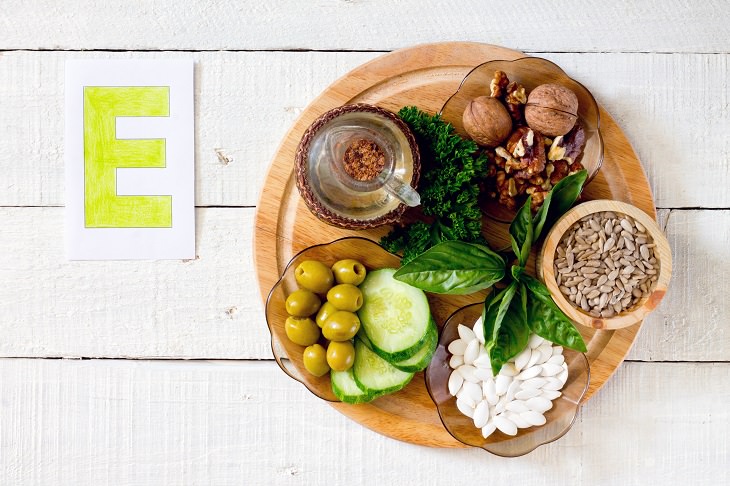
Free radicals can cause untold damage to your body, but vitamin E seems to offer temporary protection by significantly reducing the damage that they do to your heart. Take 200 to 400 IU per day.
Day 22: Grab Garlic
Just one clove of garlic per day can reduce your risk of a heart attack in at least three ways. It discourages red blood cells from sticking together and forming artery-blocking clots, it reduces arterial damage, and it discourages cholesterol from lining the arteries.
Day 23: Increase Your Selenium
Selenium is a powerful antioxidant that helps to reduce the tendency of the red blood cells to form life-threatening clots. It also balances the ratio between “good” and “bad “cholesterol, reducing your chances of a heart attack. Take 100mcg per day.
Day 24: Top It Off with an Aspirin
Studies show that one 81-mg aspirin per day reduces the risk of a heart attack by 30-50%. Therefore, unless you have a stomach issue or you’re allergic to aspirin, take one tablet a day with your food.
Source: prevention
Images: depositphotos
 Go to BabaMail
Go to BabaMail







